In a dramatic turn of events, Iran launched a massive assault on Israel, marking the first direct attack of its kind. The onslaught, consisting of hundreds of drones and missiles, was purportedly a retaliatory response to an Israeli raid on the Iranian consulate in Syria, which resulted in the deaths of two Iranian generals. Iran accused Israel of being behind the attack, although Israel has not commented on the matter. This escalation occurs amidst Israel's ongoing conflict with Hamas in Gaza, further exacerbating tensions in the region.
global Responses
The international community swiftly condemned Iran's actions, with countries like the US, UK, and France denouncing the assault. UN Secretary-General Antonio Guterres expressed deep alarm about the very real danger of a devastating region-wide escalation. US President Joe Biden reiterated America's unwavering support for Israel's security, reaffirming their commitment to counter any threats posed by Iran and its proxies. The Pentagon reported that defense chief Lloyd Austin had assured Israel of full US support to defend against any attacks by Iran and its regional proxies.
Russian Deputy UN Ambassador Dmitry Polyanskiy disclosed that the UN Security Council had received a letter from Iran asserting its attack was within the UN Charter framework governing the right to self-defense. The letter warned that if Israel responds, Iran will retaliate in a more powerful and decisive manner. China’s Ministry of Foreign Affairs called on all parties to “exercise calm and restraint,” emphasizing the need to end Israel's war on Gaza. Amidst the escalating tensions, the world watches closely, hoping for de-escalation and diplomatic efforts to prevent further bloodshed.
Military Operations
The attack was unprecedented, launched by Iran and its allies from five nations through the course of the night. Hezbollah launched 40 rockets and suicide drones into southern Israel. A massive complex operation involved extensive coordination between American, British, Israeli, and some Islamic countries' intelligence. Many aerial targets were neutralized before entering Israel, with most threats intercepted outside its borders, including in Lebanon, Yemen, and Iraq.
Amidst the escalating conflict between Iran and Israel, numerous nations actively engaged in the region's military operations have unleashed a barrage of advanced weaponry. This information is sourced from Open-Source Intelligence (OSINT) and Open-Source Data (OSD). Here's an overview of the types of weapons employed by each player.
Iran's strike package
Over 170 one-way “Suicide” Drones, 110+ Medium-Range Ballistic Missiles (MRBMs), and 30+ Land-Attack Cruise Missiles, strategically launched from various locations within Iran.
One of major target was IDF F-16 and F-35 bases.
- Iran utilized Shahed 136 type deadly attack suicide drones and Arash-2 (Kian 2) Kamikaze (long-range loitering munition).
- Soumar cruise missiles, modeled after the Russian Kh-55, were employed.
- Based on the images available, Iran utilized the "Emad" type ballistic missile, boasting an expected range of 1700 km, carrying a 750kg warhead, and featuring an accuracy range of 50 meters. Some of these missiles reportedly fell into the Dead Sea.
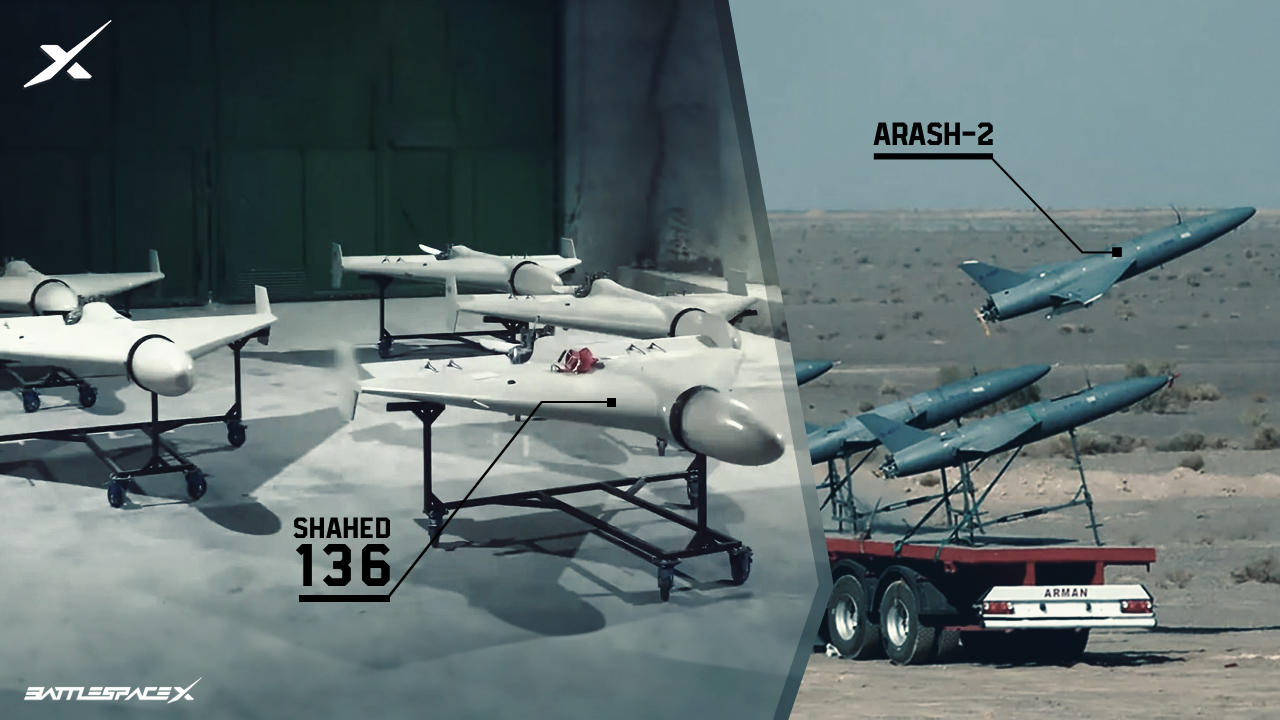
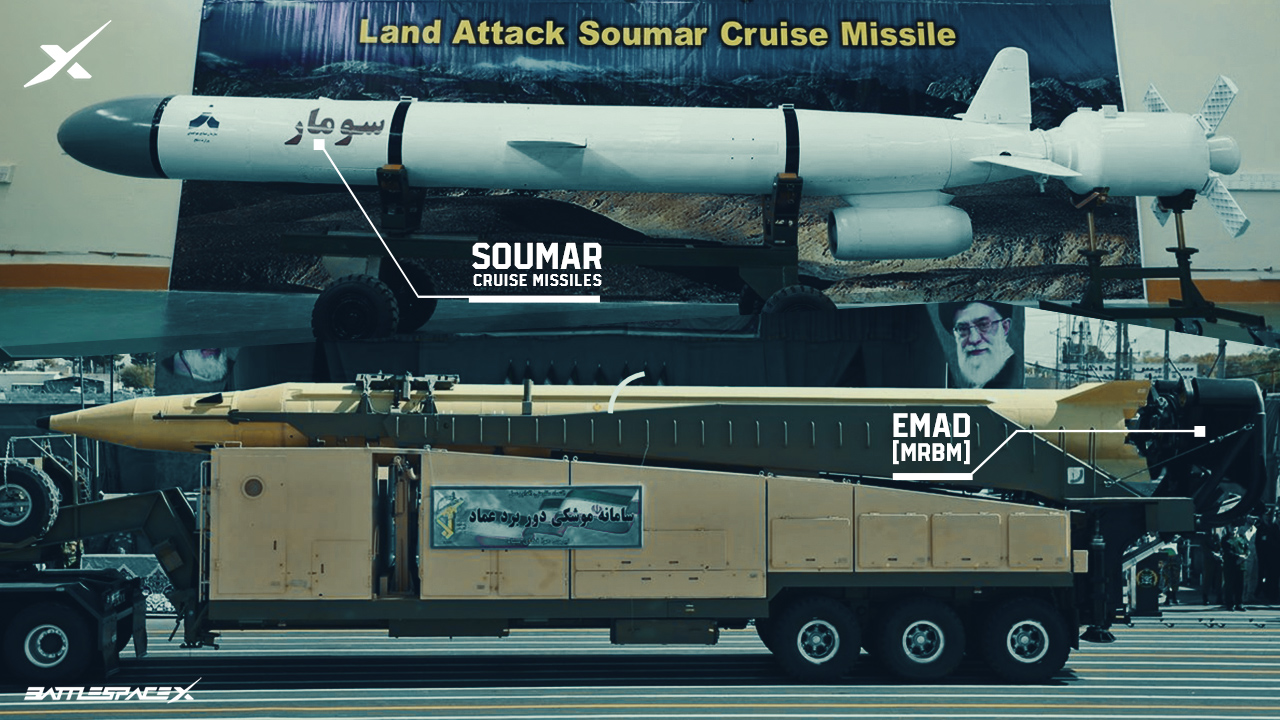
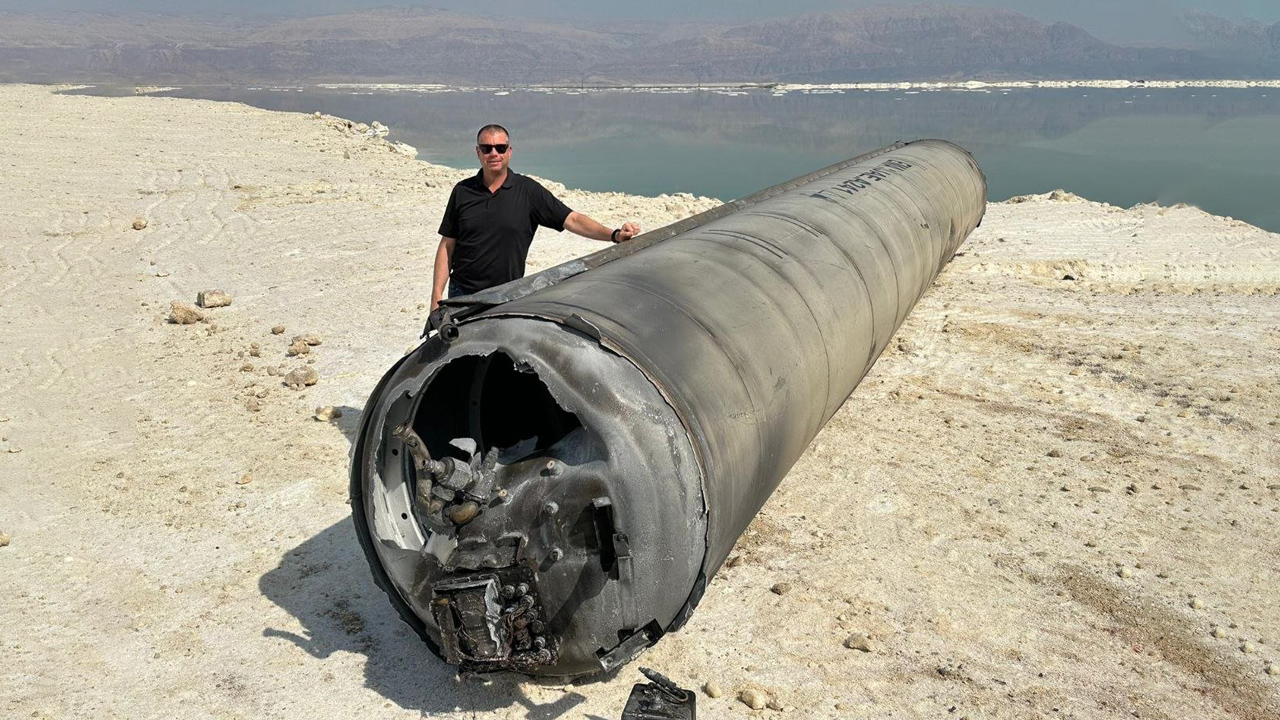
Israel's Defense Apparatus
- Israeli Air Force F-15I Ra'am armed with AIM-7M Sparrows, Python 5s, and AIM-L Sidewinders to engage aerial targets.
- Demonstrated naval prowess by intercepting an aerial target using the C-Dome system aboard a ship near Eilat, after the target breached Israeli airspace from the Red Sea and was promptly tracked and neutralized by a Navy corvette.
- Israeli Air Force successfully downed 25 Cruise missiles.
- Employed a comprehensive defense system including Iron Dome (Tamir missile), David’s Sling (Stunner interceptor missiles) and Arrow 2 & 3 (Upper layer of Israel’s missile defense system) successfully knock down numerous incoming threats both within and outside the atmosphere.
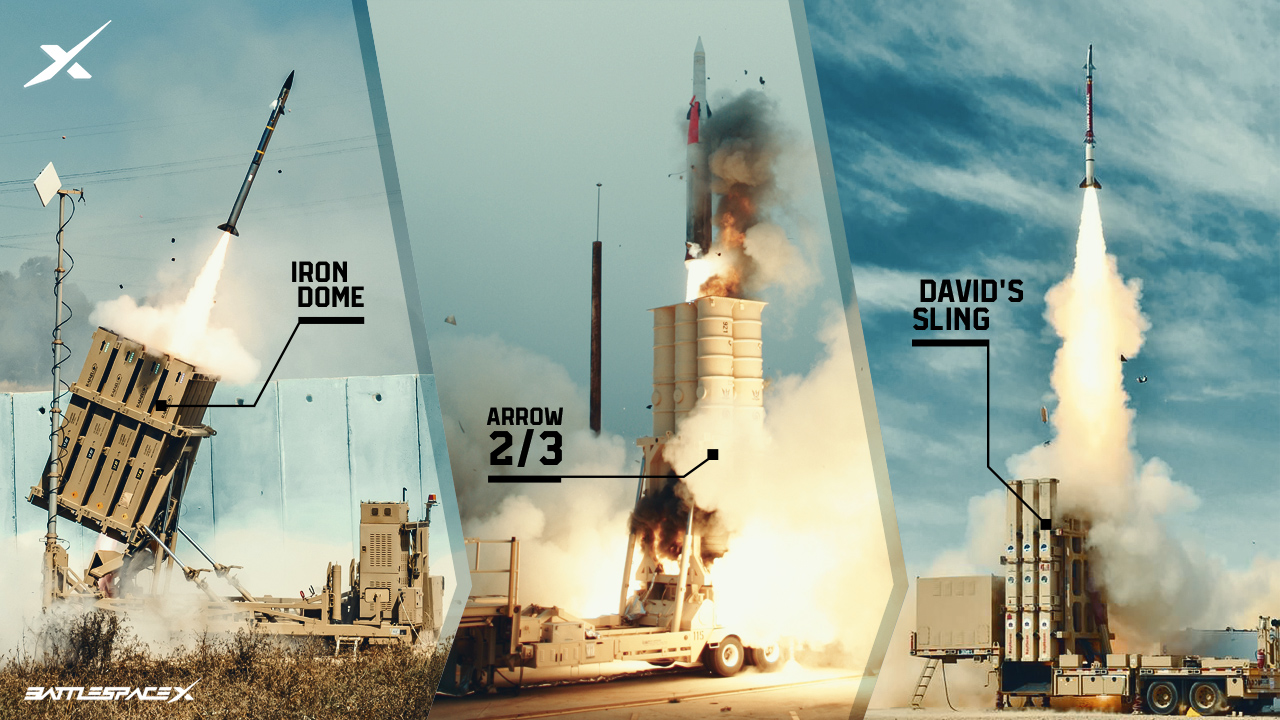

International Military Support
- The United States Navy deployed ships off the coast, utilizing an RIM-161 Standard Missile [SM-3] for defense.
- The US Navy USS Arleigh Burke and USS Carney successfully engaged and destroyed 4-6 ballistic missiles.
- US Patriot battery shot down 1 ballistic missile in Erbil, Iraq.
- The United States Air Force, represented by the F-15E Strike Eagles, downed over 70 Iranian drones, prompting a call from President Biden to express gratitude to the two airwing commanders from the 494th and 335th fighter squadrons whose squadrons played a pivotal role in neutralizing the threat.
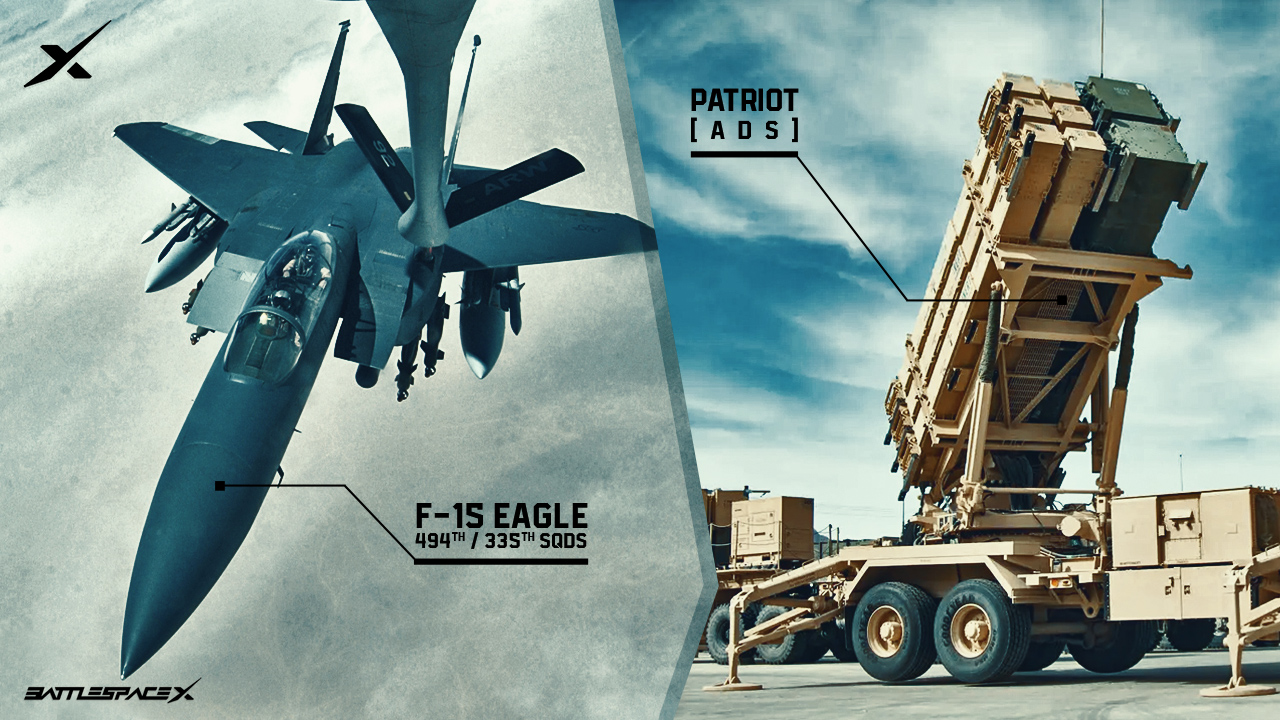
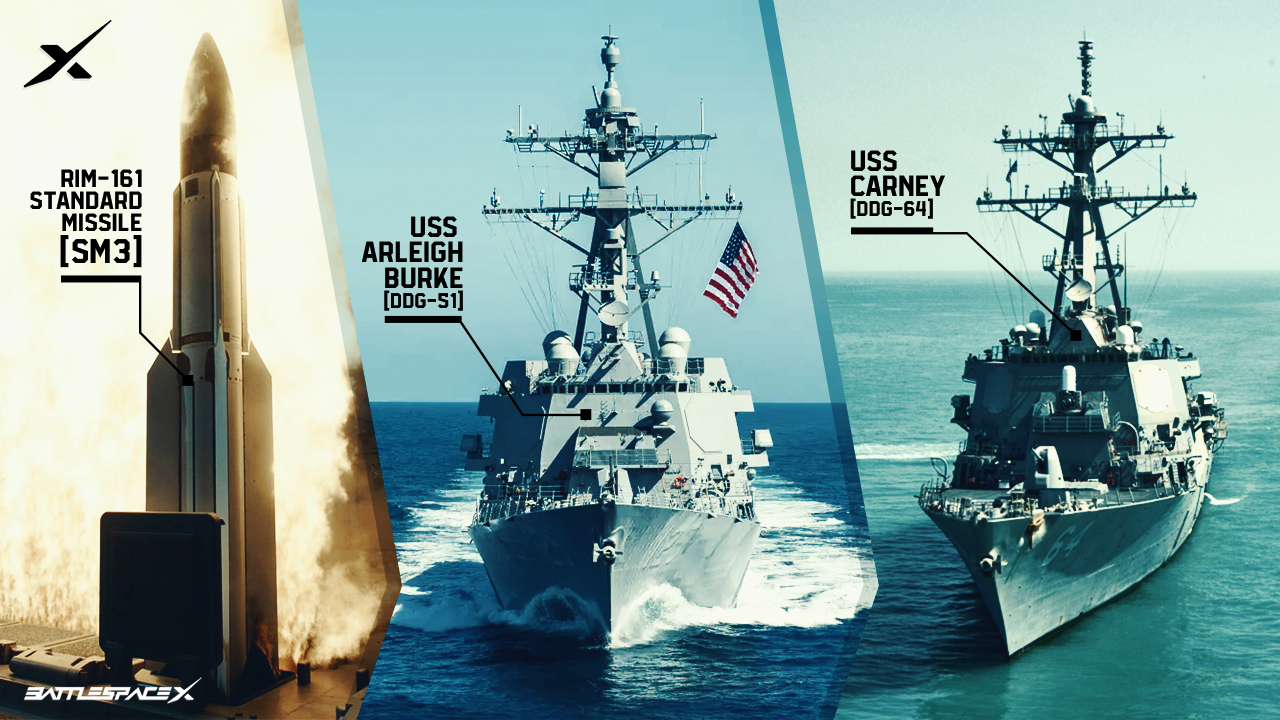
Despite the proactive defense, a small number of rockets remained unengaged, keeping the IDF on high alert and prepared for any eventualities.
IDF spokesperson asserts the authorization of plans for 'offensive and defensive action' in response to Iran's recent attack, suggesting the possibility of a significant Israeli strike targeting various strategic assets including military bases, navy, nuclear facilities, ballistic missile launch centers, and logistical hubs.
Disclaimer
The opinions expressed in the article solely belong to the author or the quoted News Group, Newspaper, or any other media. BattlespaceX does not take any obligation, liability or responsibility relating to the opinions in the published content. BattlespaceX also does not necessarily hold the opinions as published. If you have any concerns related to this article or any copyright violation with respect to content, media, photos, please contact us through report option.

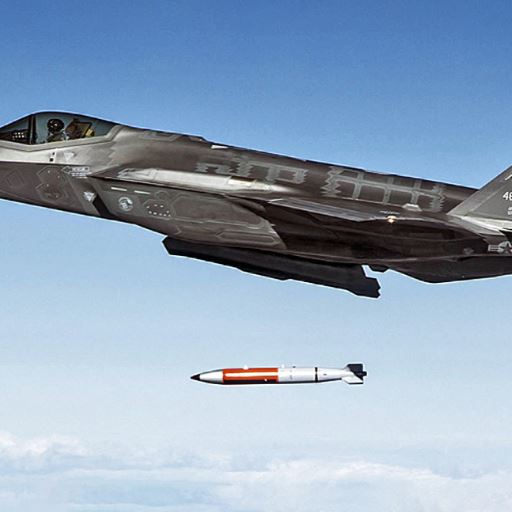
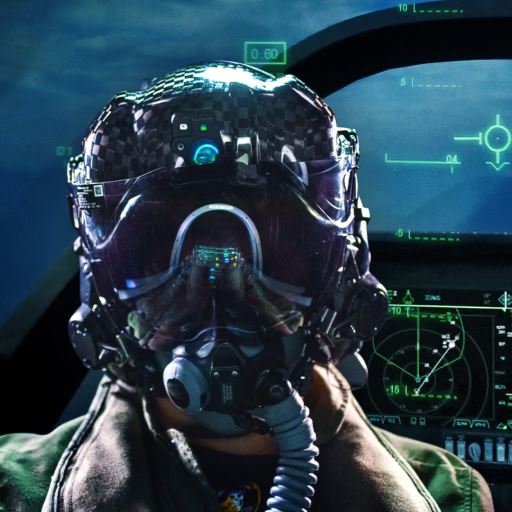
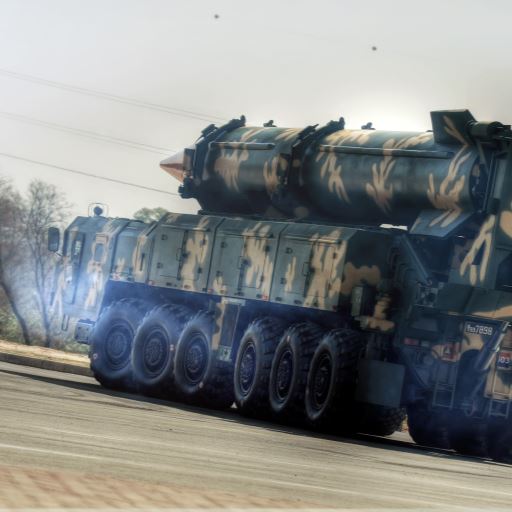
Please Login to post comments. If you do not have account, Get one!